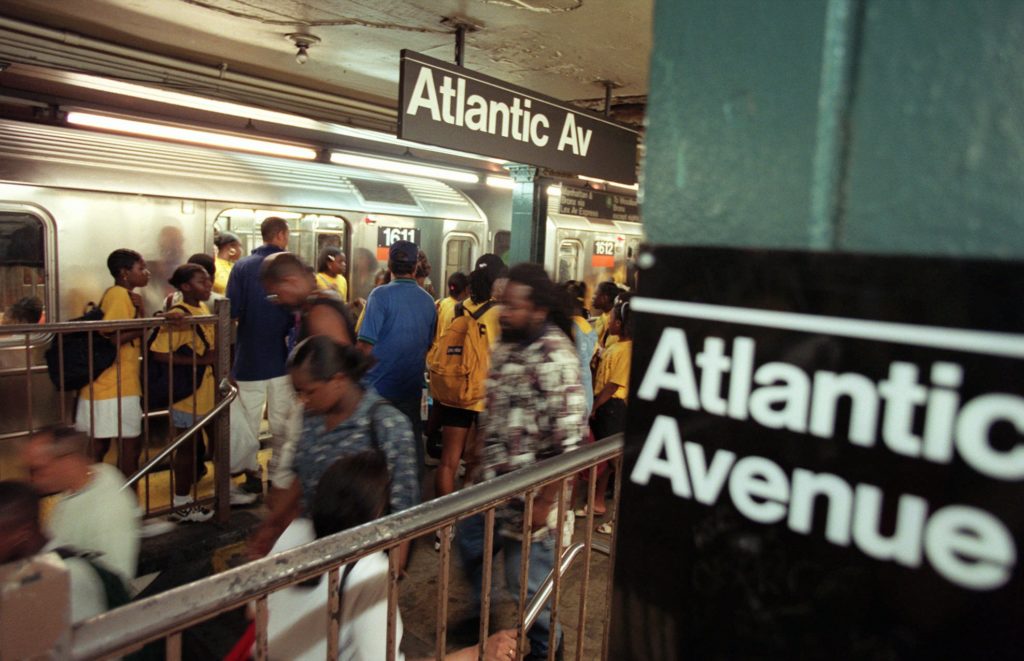OPINION: Don’t divorce MTA totally from the state

Everyone has known for years that the MTA has big problems, but, as usual, officials have differing proposals on how to make it better.
City Council Speaker Corey Johnson wants to break up the state-sponsored agency and transfer city trains and buses to a mayoral agency he has named ‘Big Apple Transit.” Johnson points out that the state appoints the majority of MTA board members, but he believes that the agency’s decisions should be made by those who are themselves straphangers.
On the other hand, Gov. Andrew Cuomo and Mayor Bill de Blasio have released a 10-point plan to reorganize the MTA. Among the plan’s components are an independent audit, a committee of independent experts to renew the agency’s Capital Plan, and agency-wide management of construction, legal services, engineering, procurement, human resources and other support functions. (Currently, MTA’s divisions, such as MetroNorth, the NYC subway system and the Long Island Rail Road, operate as separate entities.)

Brooklyn Boro
View MoreNew York City’s most populous borough, Brooklyn, is home to nearly 2.6 million residents. If Brooklyn were an independent city it would be the fourth largest city in the United States. While Brooklyn has become the epitome of ‘cool and hip’ in recent years, for those that were born here, raised families here and improved communities over the years, Brooklyn has never been ‘uncool’.